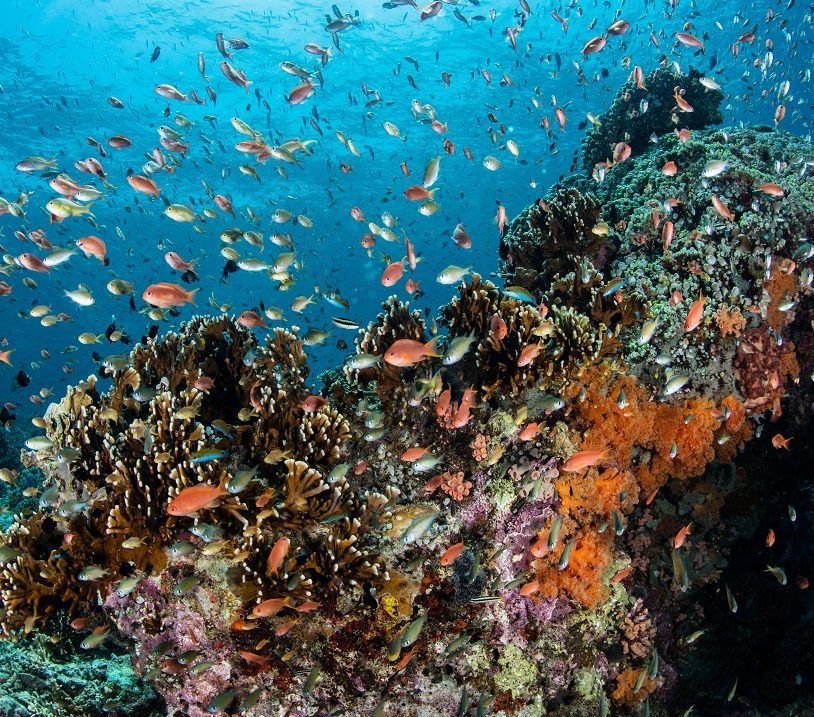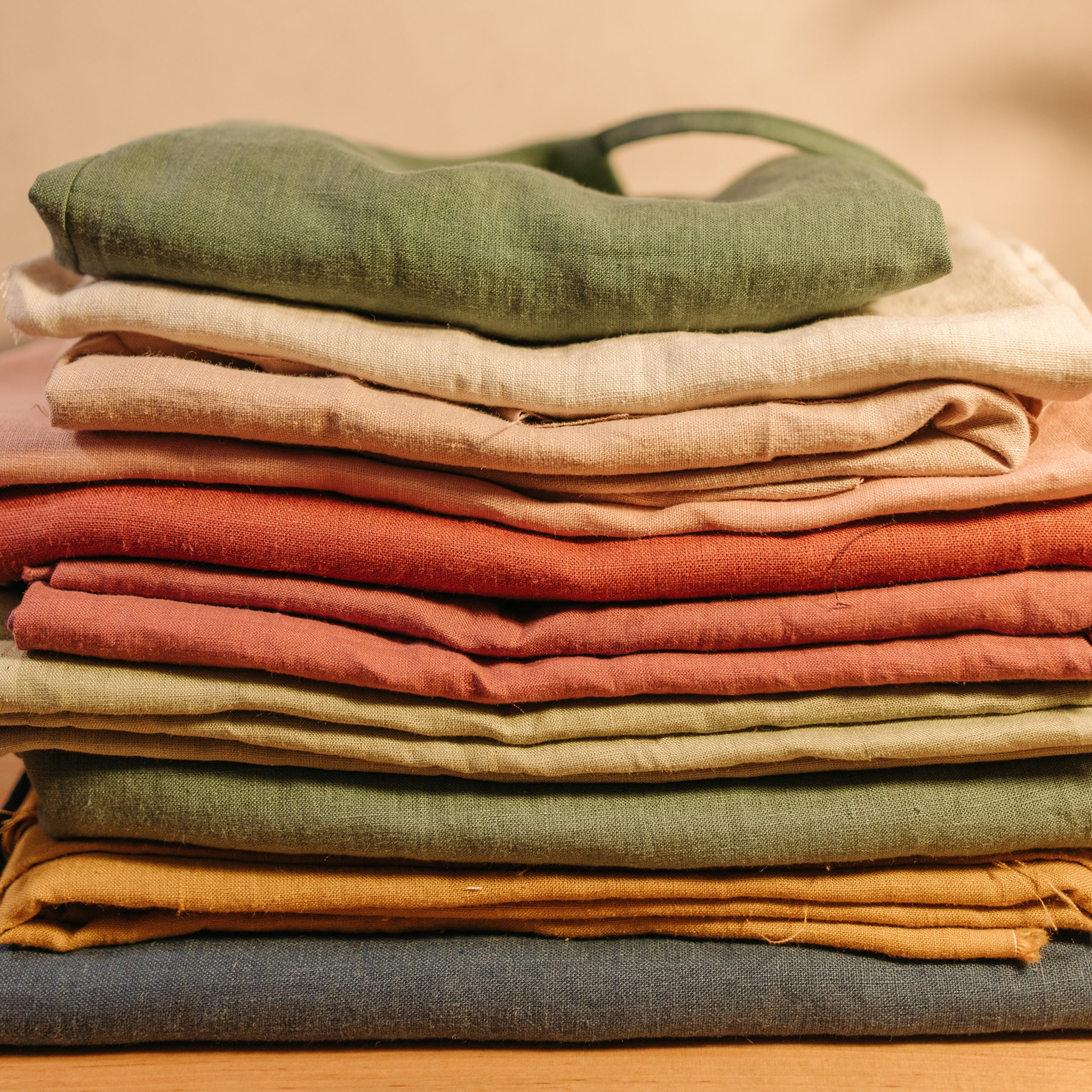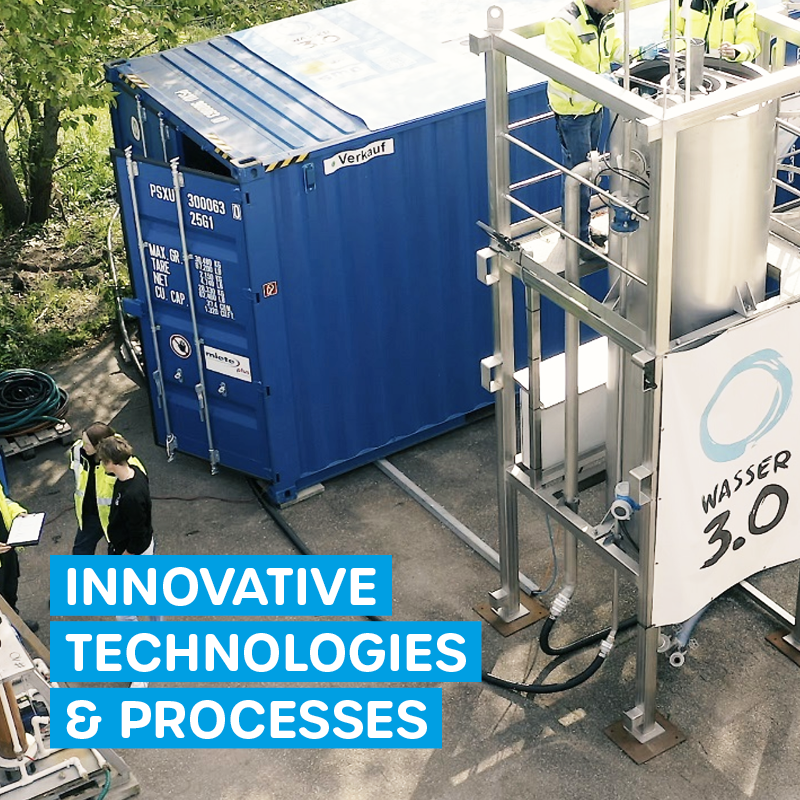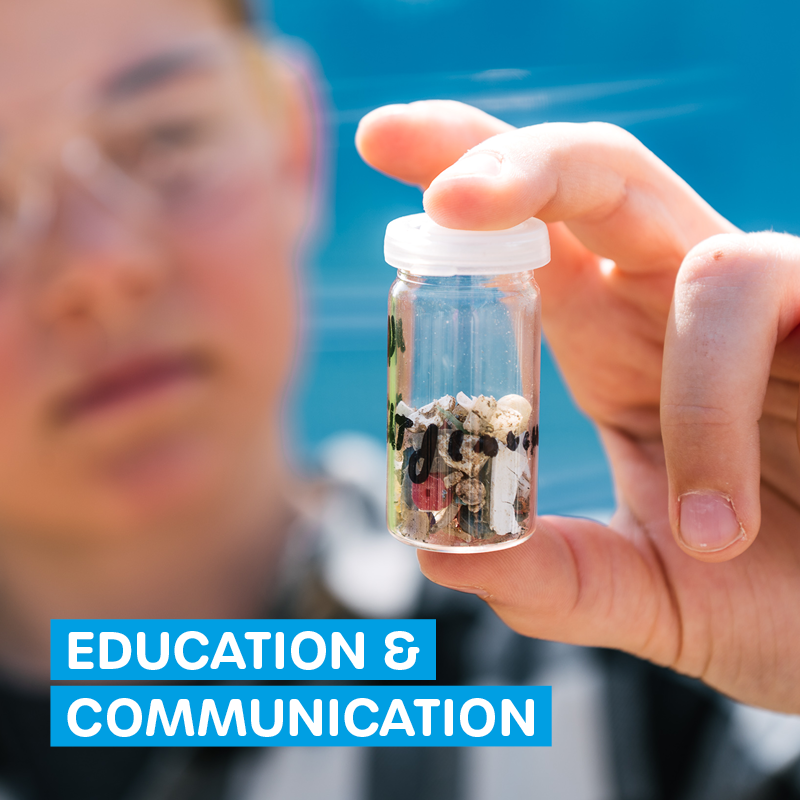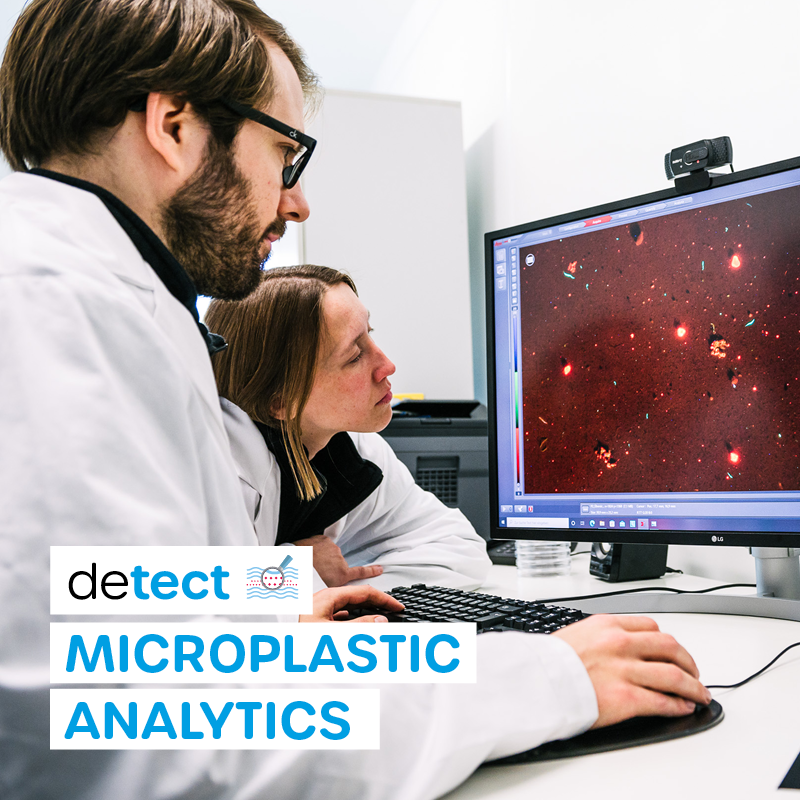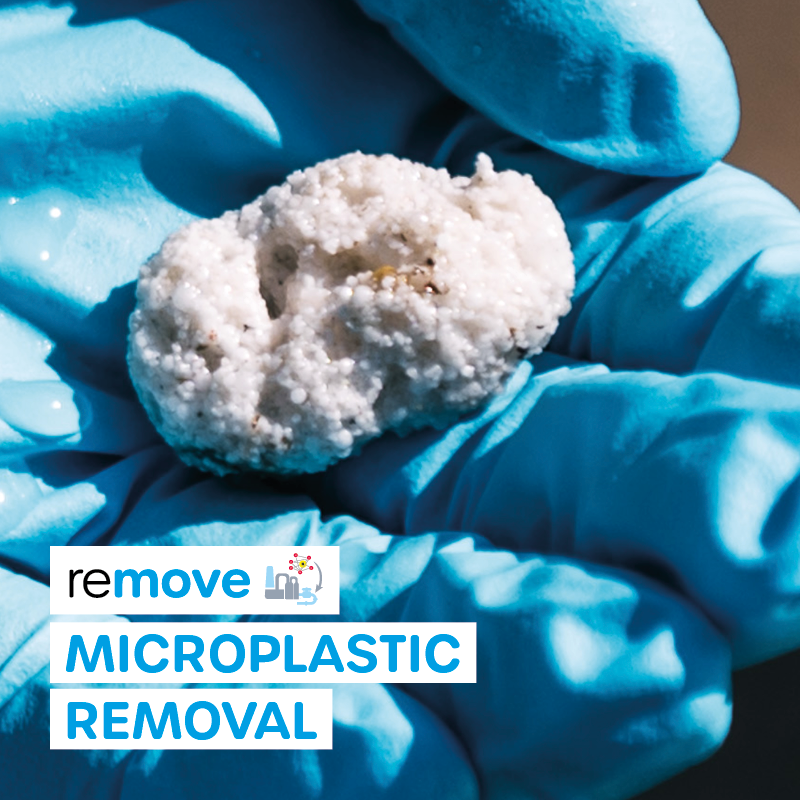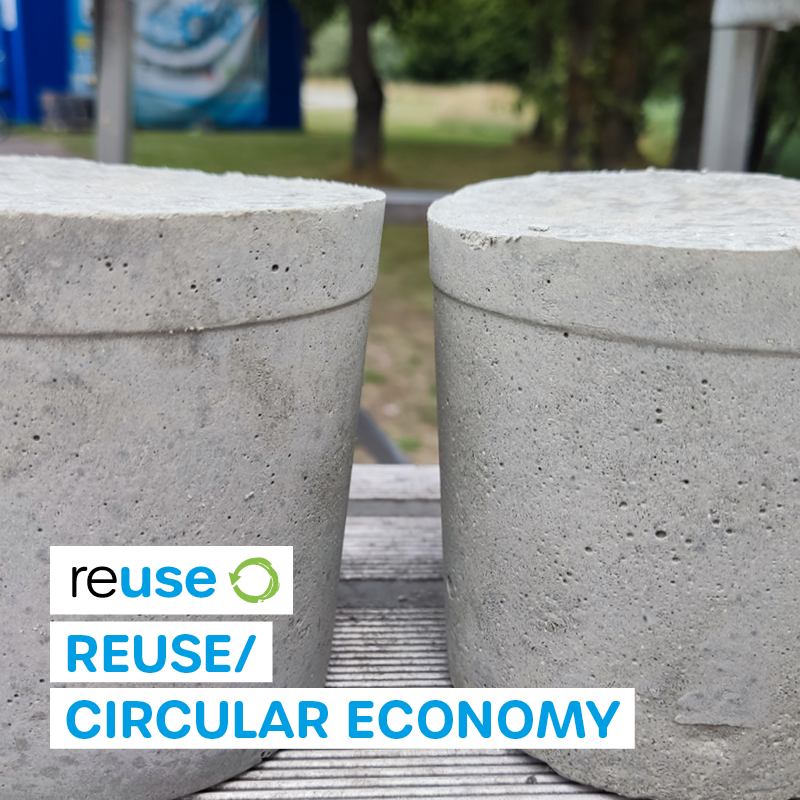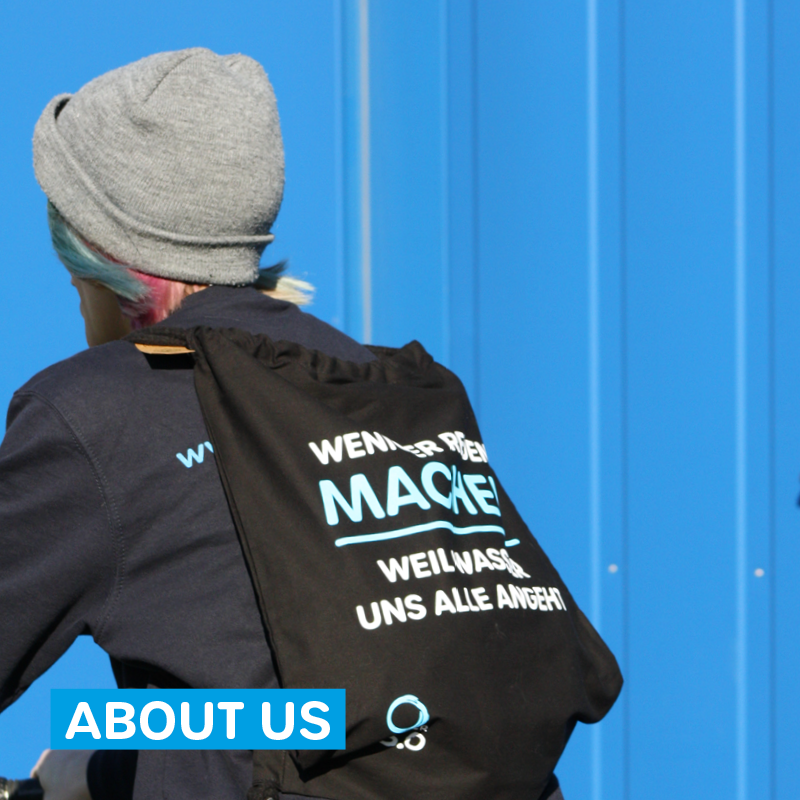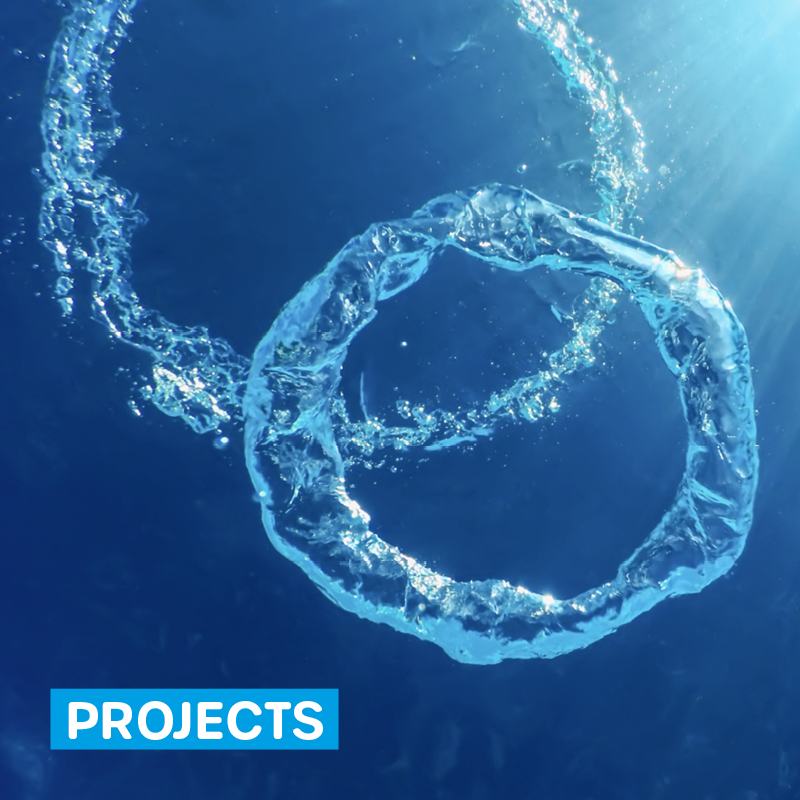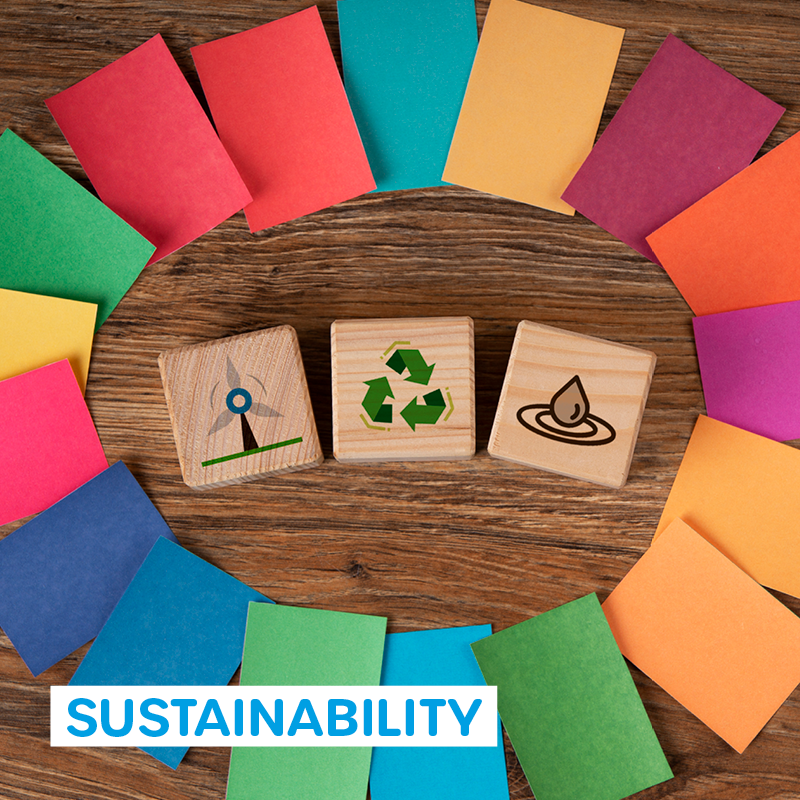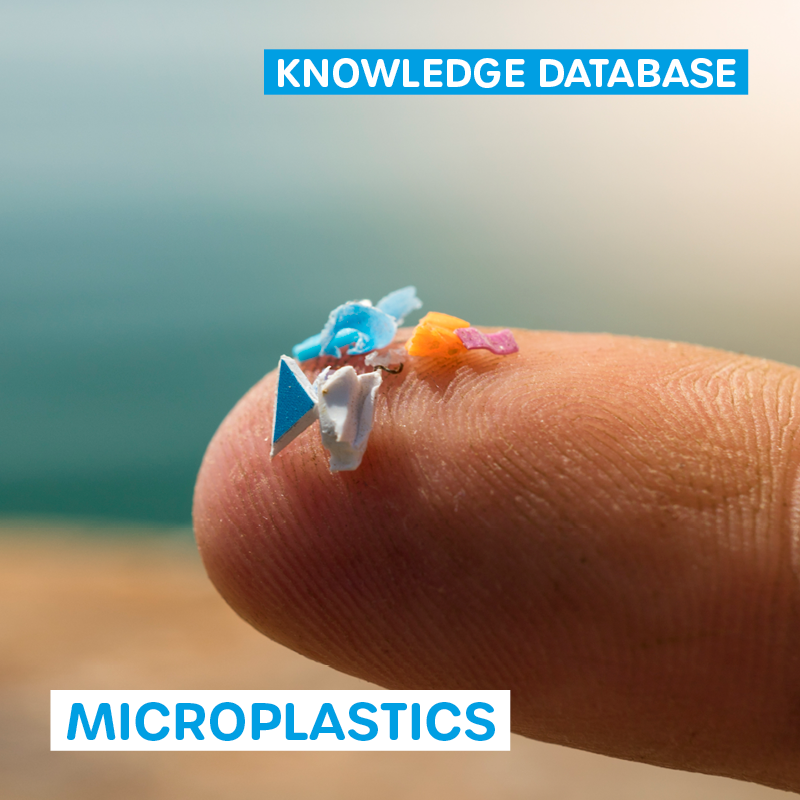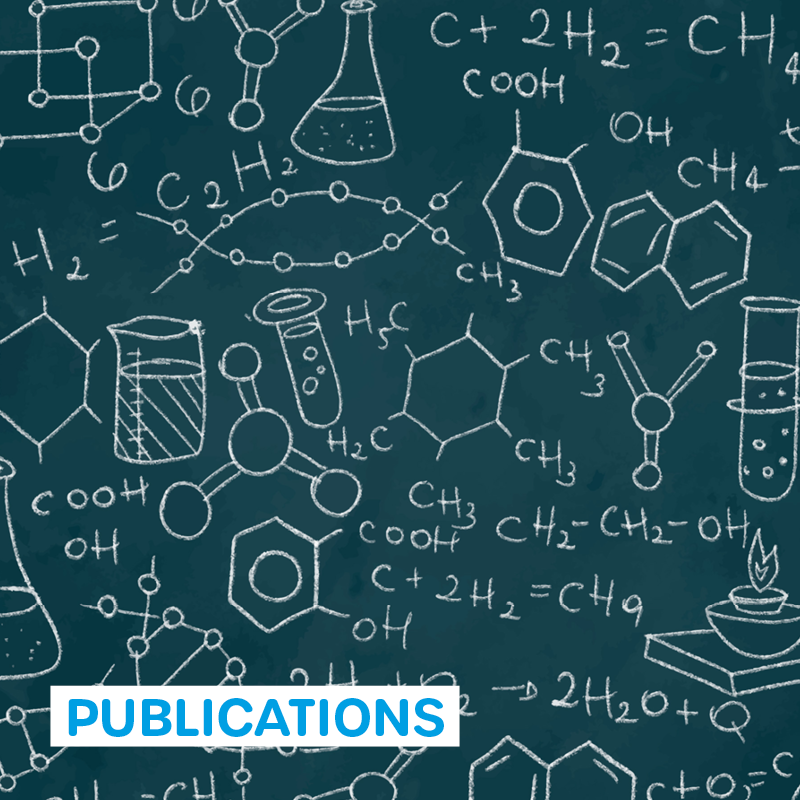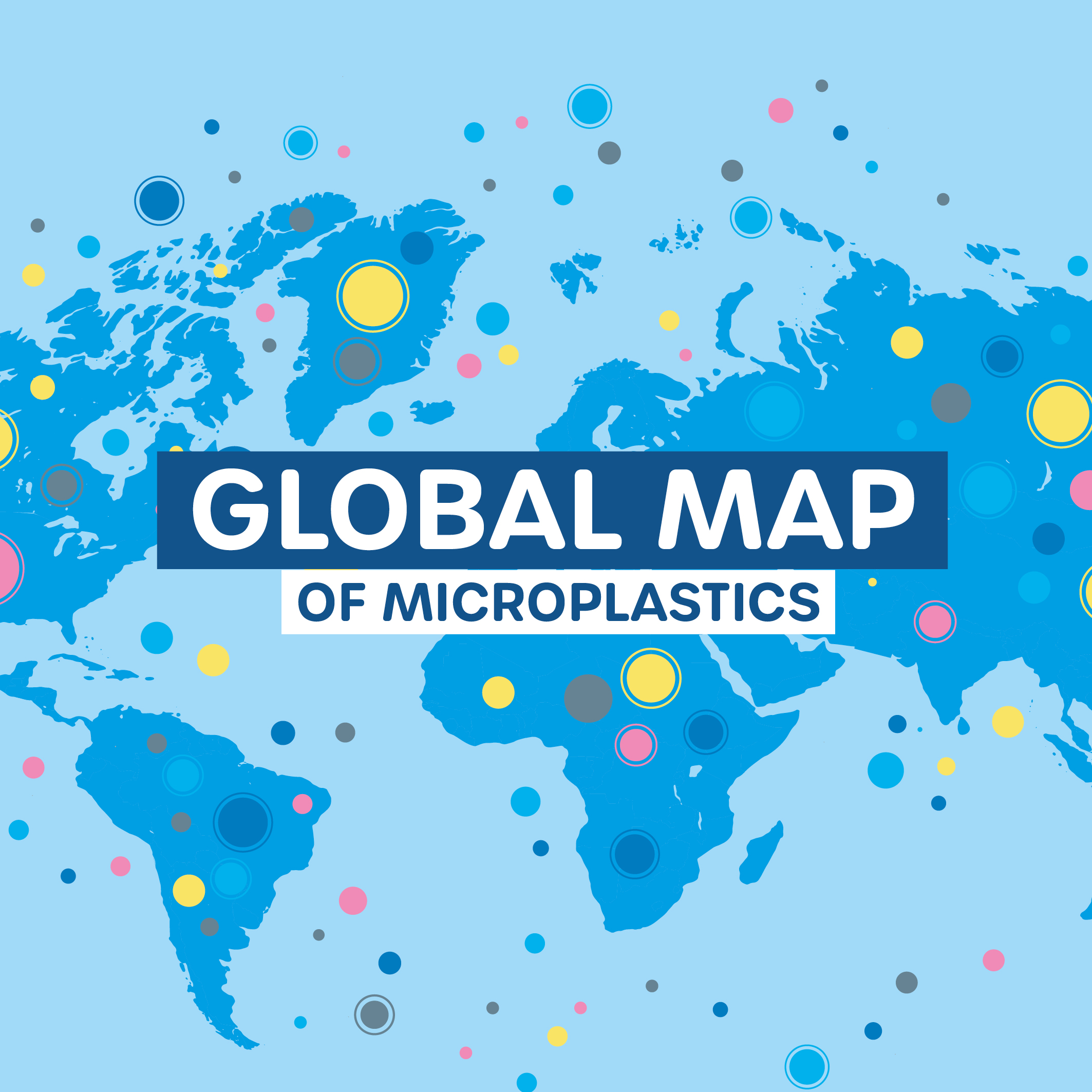
We develop and scale solutions
for water without microplastics.
#stoptheflow
For more water without microplastics
Microplastics and micropollutants pollute our waters. They destroy the balance of our ecosystems and pose an enormous risk to our health.
They have been detected numerous times. From the Arctic ice to the deep sea. From the Danube to Mount Everest. In animals, to human intestines, placentas, and most recently in blood, lungs, and breast milk.
Every day, the microplastic burden on our ecosystems and bodies is increasing. Until now, there are no efficient technologies in place to prevent this.
WE CHANGE THAT!
How systematic action leads to better water quality
Non-toxic materials together with a simple equipment design enable the clumping and skimming of microplastics and micropollutants. In combination with microplastic detection and reuse, we enable the greatest possible efficiency in water purification, resource conservation and circular use of waste and wastewater.
We are thus making measurable contributions to achieving the UN Sustainable Development Goals.
Future-proof. Comprehensible. Tailor-made.
Clean water worldwide - Because healthy living needs water without microplastics
We work in a highly motivated, interdisciplinary team and in diverse collaborations and partnerships. As an independent non-profit company, we take a systematic approach to tackling micropollutant and microplastic pollution of waters at a global scale.
At our company, innovative water technology goes hand in hand with application-based research and transformative education like our educational tool WASoMI and outreach initiatives.
More news in our blog
